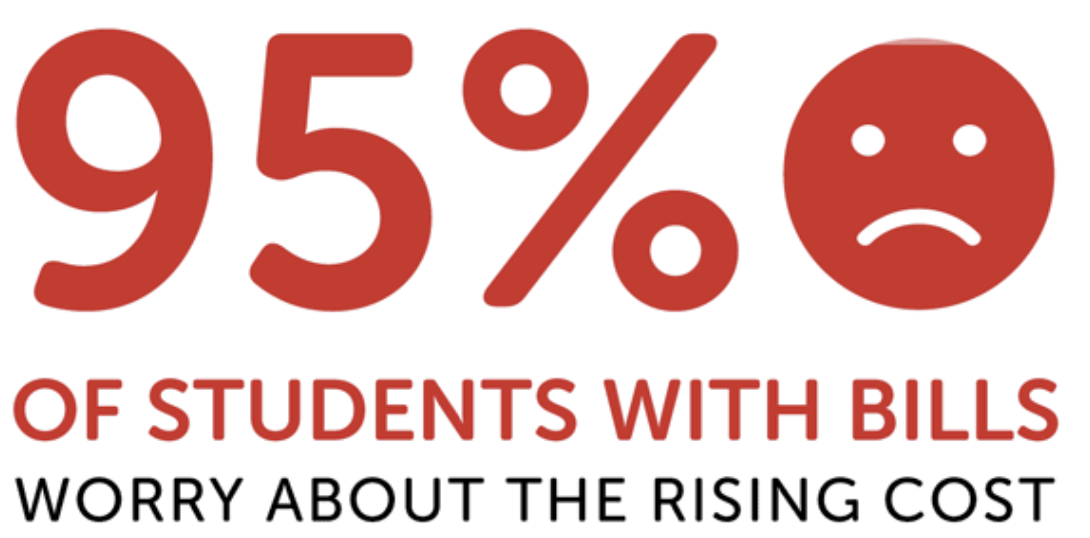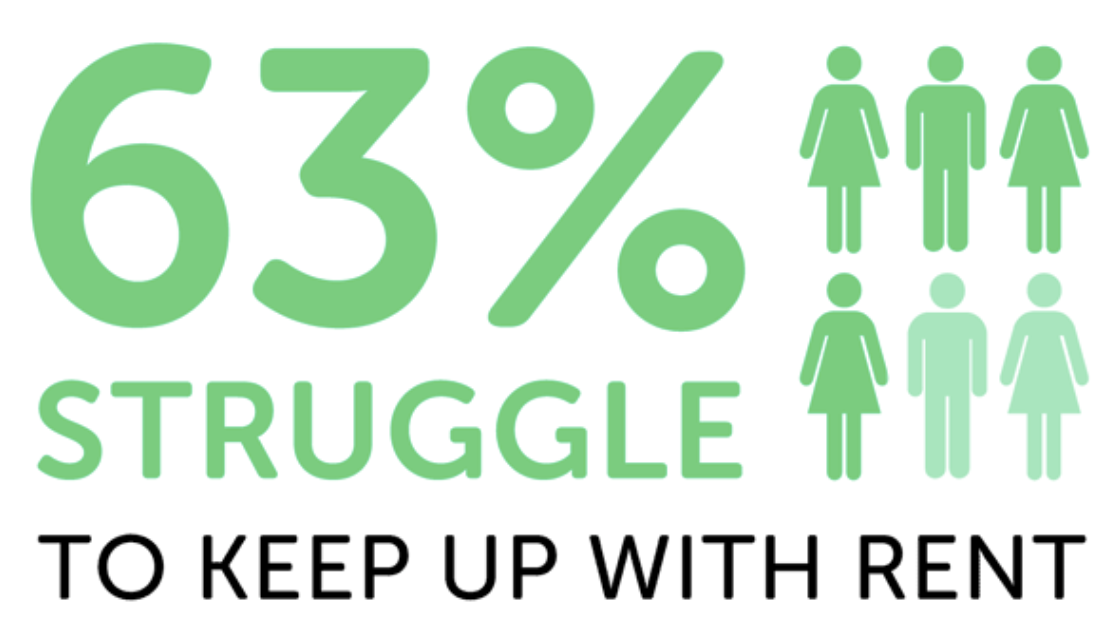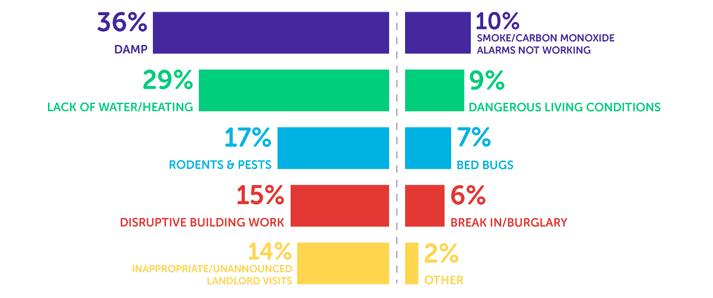For years, the government has failed to offer effective, necessary support to students.
And now, with the cost of living crisis, we are seeing the growing impact of underfunding on people’s day-to-day lives at university.
The National Student Accommodation Survey, published by Save the Student, reveals that 82% of surveyed students in university halls and 70% in private halls have not benefitted from the £400 energy bills discount.
This was a significant part of the government’s support package for the energy crisis, so it’s incredibly disappointing that the help did not extend to the majority of students in halls.

But it’s not only students in halls that are missing out. 47% of students who rent from landlords said they haven’t received the discount either. It’s particularly an issue for students with landlords who have bills included in rent – 78% of whom said they haven’t had the discount.
Tom Allingham, Save the Student’s money expert says:
The government repeatedly claimed that every household in the country would receive this funding from one of its schemes. But, evidently, this has not been the case.
While many people in similar forms of accommodation, such as care homes, have received the funding, 82% of students in university halls have not.
Given that rent in at least some halls will inevitably have increased to cover rising energy costs, it’s concerning that many students haven’t received the necessary support in return.”
Students are struggling

It’s upsetting but unfortunately not surprising that there has been an increase in the proportion of students struggling with rent. In the 2022 accommodation survey, 53% said they struggled. In the 2023 survey, this has increased to 63%.
The difficulties with rent and bills are causing major issues for students, leading two in five students in the survey to consider dropping out of university.
But what is the government doing to help students through these challenges? From what we’ve seen, not nearly enough.
Problems in properties
Damp is the issue that students are most likely to have with their house or flat. In the 2022 survey, 26% of students said they’d had issues with damp, but this has increased to 36% in this survey.
Students are using their heating less on average than they had been last year. This could be contributing to the increase in the proportion of students dealing with damp in their homes.

Alarmingly, there has also been a steady increase in the proportion of students living in dangerous conditions over recent years. This is up from 5% in 2021, to 7% in 2022, to 9% this year.
What is the government doing to help students?
Not only are many students missing out on the £400 energy bills discount, but Maintenance Loans have gone down in real terms.
If we look at the situation for students from England as an example, their Maintenance Loans increased by just 2.3% in the 2022/23 academic year. This is despite the 10+% rates of inflation that we have been seeing over the last few months.
Yet, instead of taking the opportunity to address this devastating oversight, it has been announced that the loans will increase by just 2.8% in September 2023. The IFS estimates that, as a result, the poorest students will be missing out on around £1,500 of funding.
All of this is occurring during the cost of living crisis which impacts not only students, but their whole families.
We can see this effect in the decreasing amount of money that students are receiving from their parents for rent.
In the 2023 accommodation survey, students got an average of £34 per week from their parents. However, in both the 2022 and 2021 surveys, students were receiving an average of £44 per week from their parents.
That gap of £10 per week will add up throughout the year. When combined with the insufficient increases to Maintenance Loans and the inaccessibility of the £400 energy bills discount for many students, it’s no wonder that three in five students are now struggling to afford rent.
How are universities responding?
As the government is offering students disappointingly little financial support, this is putting pressure on universities to step in to help students through this challenging situation.
There have been reports of universities introducing initiatives such as warm spaces on campus and subsidised food for staff and students. Anything universities can do to help students in this way could make a difference.
However, as tuition fees have been cut in real terms due to being frozen, this squeezes universities’ finances and makes it more difficult for them to support students.
Ultimately, the responsibility lies with the government. More needs to be done to support students through the cost of living crisis – starting with increased Maintenance Loans and an energy-bills support package that is accessible to all students.
Kellie McAlonan, Chair of the National Association of Student Money Advisers (NASMA), says:
With housing costs making up the biggest expenses for students across the country, it is vitally important, particularly during this cost-of-living crisis, that we fully understand the challenges being faced by our students.
The National Student Accommodation Survey gives us the data needed to allow colleges and universities from across the country to better support students by understanding the challenges they are facing.
What we are seeing in the survey results should not be surprising. It’s been evident for some time that students can often get the short end of the stick when it comes to having safe and affordable housing and many have lost out on some of the interventions the government has introduced to support consumers with record breaking energy bills.
The government need to consider that struggling to pay rent is a reality for many students, and it isn’t good enough.
Core funding packages need to be good enough to support student success, safe and affordable housing shouldn’t be a lucky find, and students shouldn’t be left out in the cold during a cost-of-living crisis.”


















